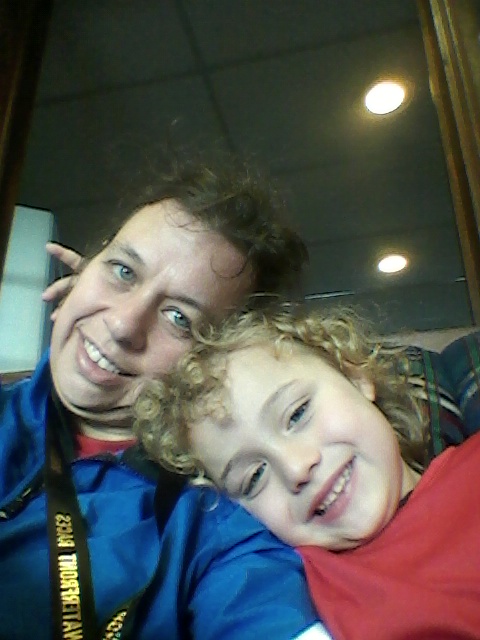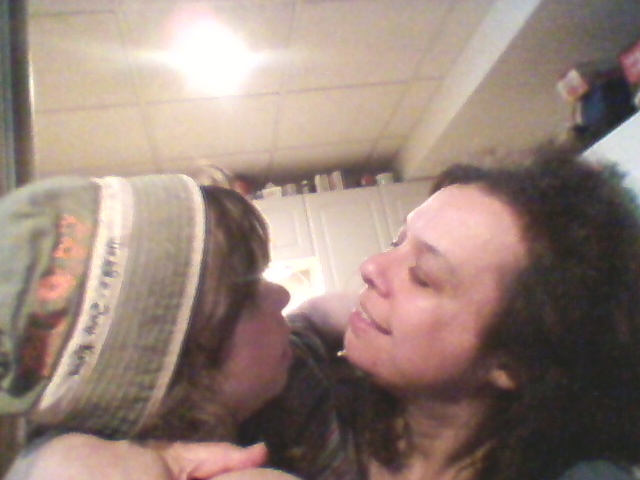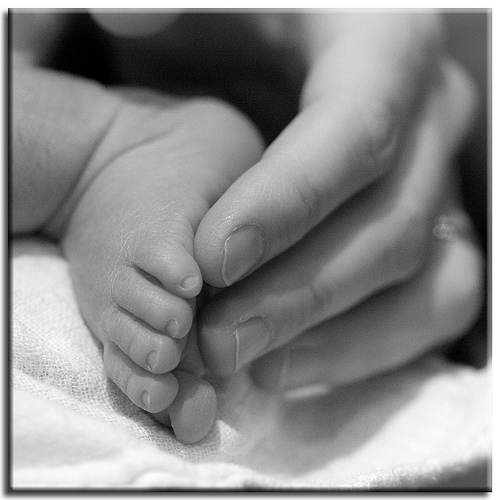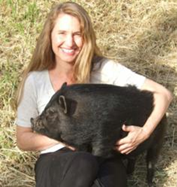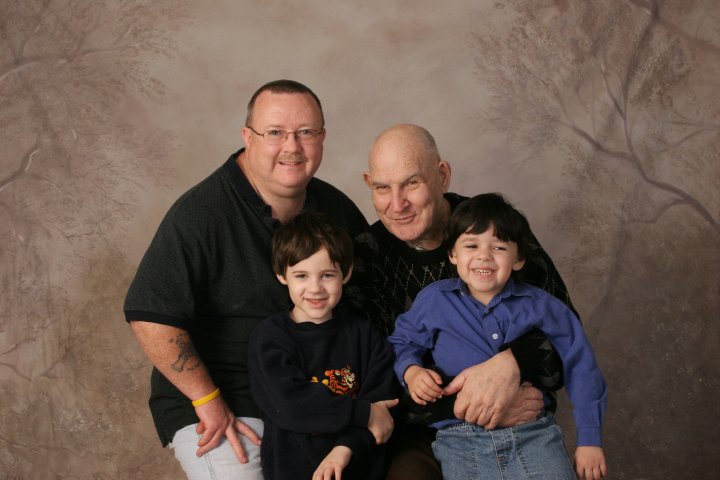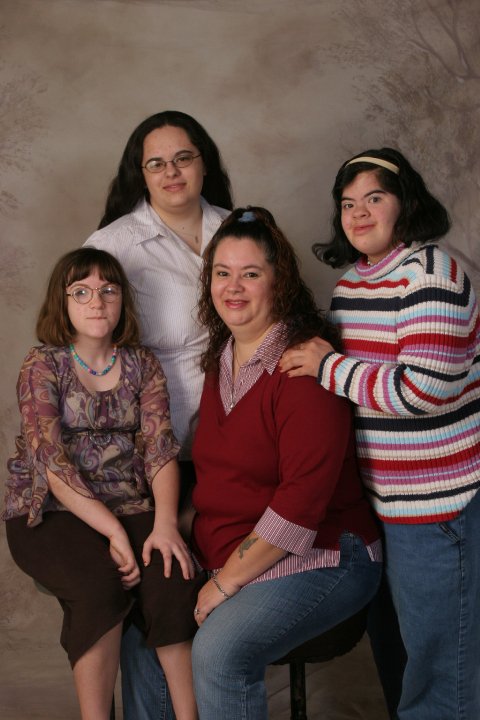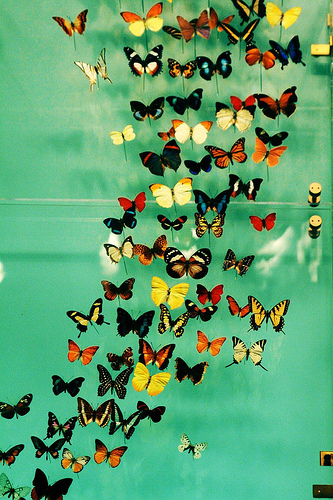I am participating in the 2012 Wordcount Blogathon, which means one post every day for the month of May.
I am currently reading a running book that has a lot of great advice in it. Since I will be posting a review of the book in the near future, I will not give away too much about it now, but one thing it says is that every run should have a a purpose. You shouldn’t just go out for a run for the sake of putting miles onto your running shoes. You should have a specific goal to improve endurance, train for hills, work on form, and so on.
It’s really too bad that I got this book so late in my training for next weekend’s half-marathon. I confess that my purpose on many of my long runs has been to simply get through the 18km or 20km without dying.
In general, though, my training has been a lot more focused than it was last season. I have incorporated hills and speed training. My long runs have included race pace segments, and in a couple of cases, actual races. I have done some strength training, although I have not been as consistent with it as I’d like to be. Since I started reading this book, I have been paying more attention to form, and in fact, one of my runs last week was entirely devoted to practicing my form.
Today was my last longish run before the half-marathon. At this point, my training is done. I’m either ready to race 21.1km or I’m not. Apart from keeping my limbs loose and relaxed, no running I do over the next seven days will improve my chances for a good race.
Therefore, my purpose for today’s run was simply to enjoy myself. And to take pictures.
(Photo credit for all pictures: Kirsten Doyle)















